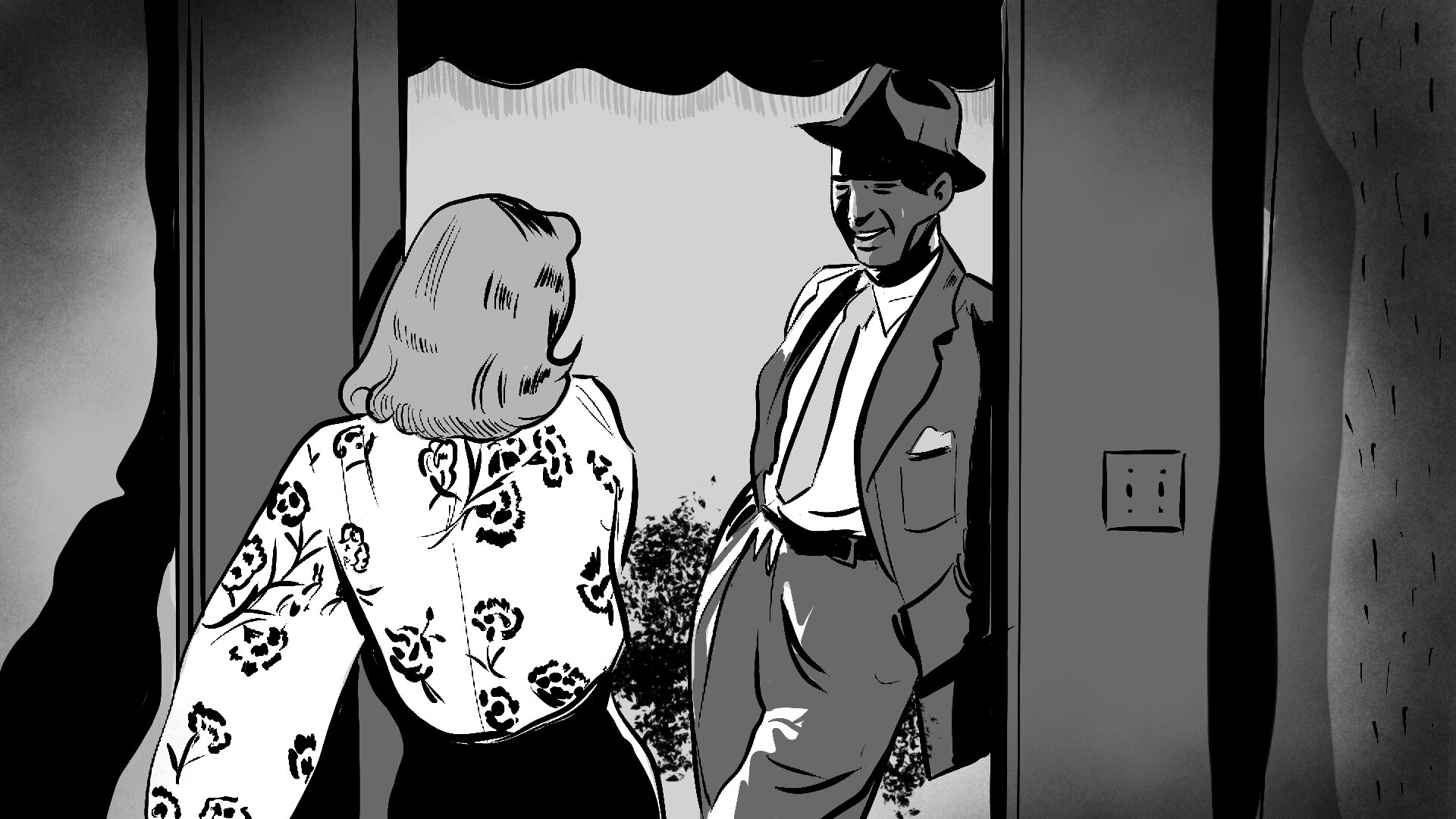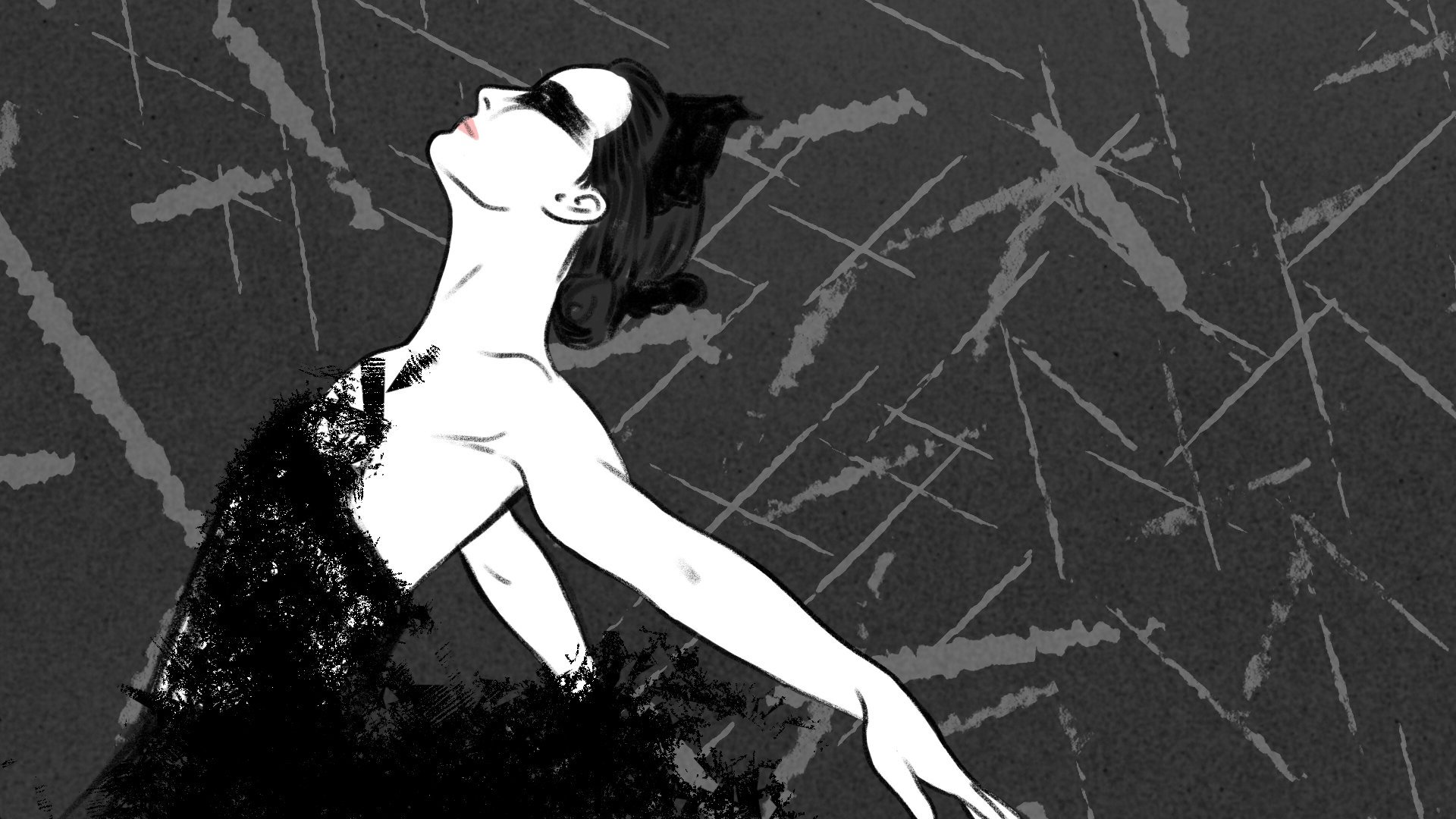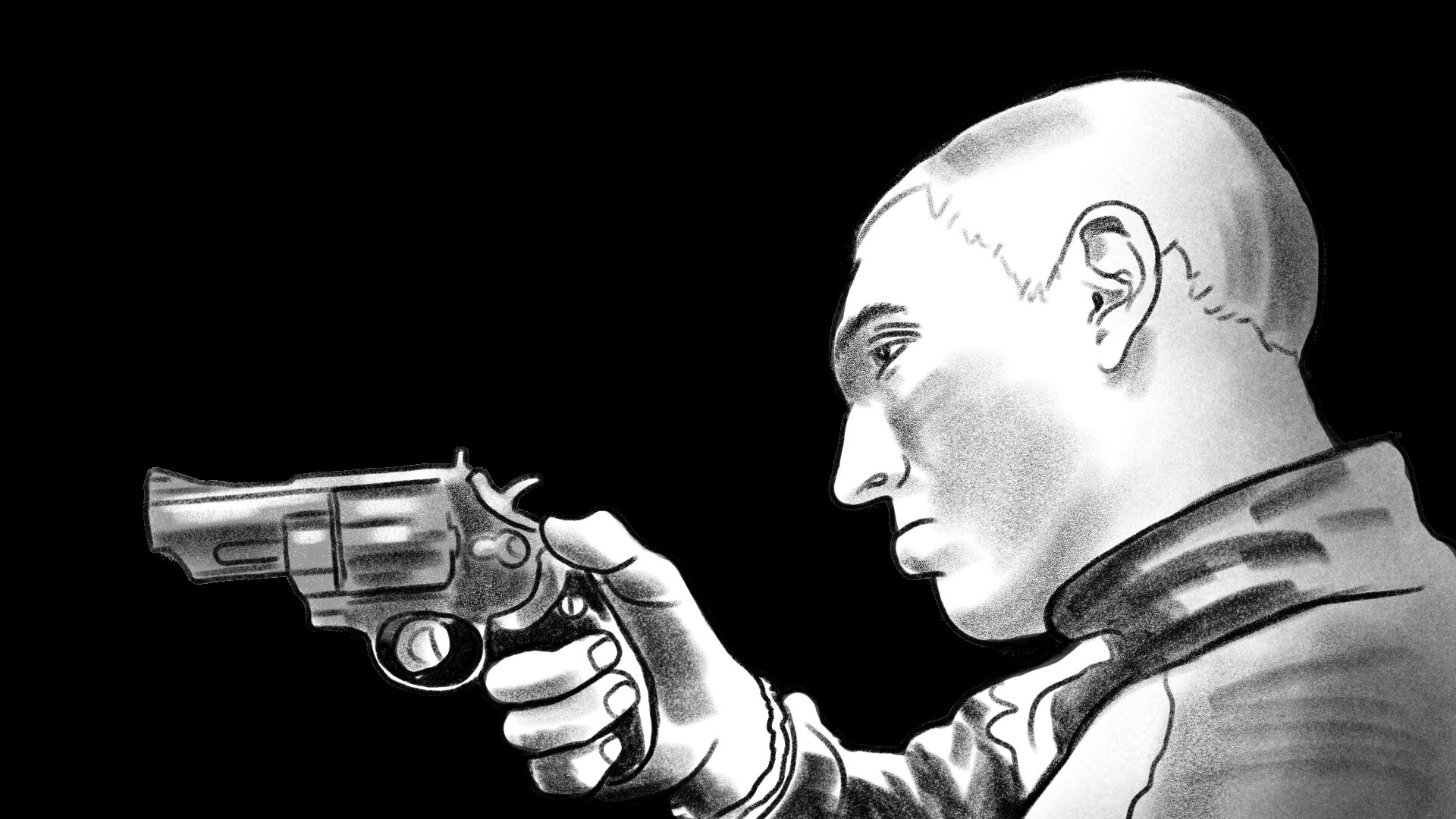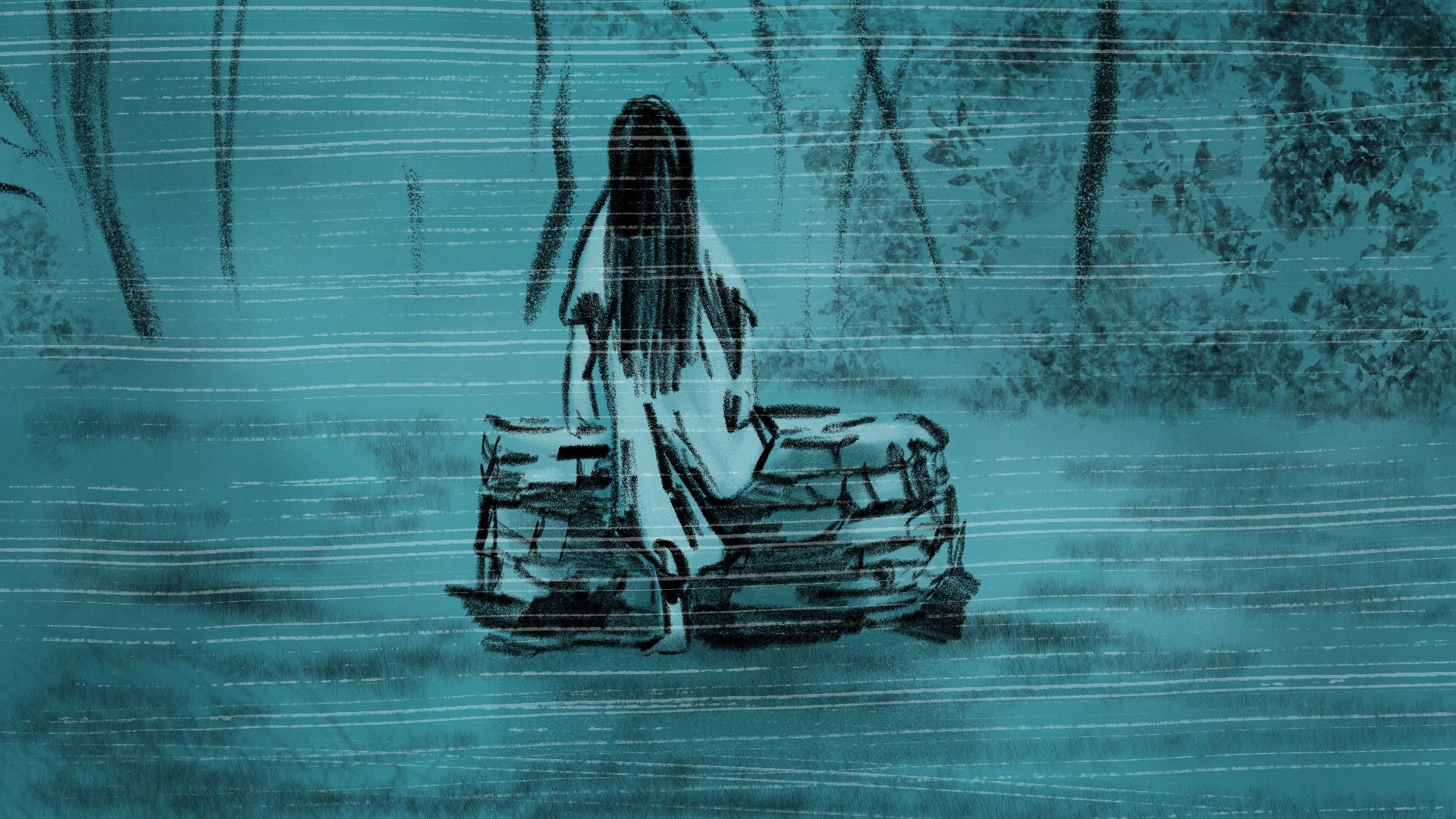The Origins of Film
001.
ARRIVAL OF THE TRAIN
Lumiere Bros, France, 1895
The myth of the Arrival of the Train (L'arrivée d'un train en gare de La Ciotat), the first film ever broadcast, is still debated by film experts today. How much impact did this simple film have on the audience at the time?
002.
TRIP TO THE MOON
George Melies, France, 1902
The first Sci-Fi took humans to the moon, an achievement that wouldn’t be accomplished for another 67 years. Melies magical filmmaking techniques allowed audiences to experience more than they could on stage.
003.
Hugo
Martin Scorsese, USA, 2011
In homage to George Melies, who was relatively unrecognised in his time, Martin Scorsese uses modern filmmaking technology to tell Melies story from the perspective of a young orphan boy who meets the great early filmmaker.
004.
THE LONEDALE OPERATOR
D.W. Griffith, USA, 1911
Breaking the stage conventions, D.W. Griffith changed the language of film forever. In this short film, he uses the camera to unveil the film’s main twist.
005.
Safety Last
Sam Taylor, Fred C Newmayer, Harold Lloyd, USA, 1923
Silent Film artist Harold Lloyd took visual comedy to another level. The story rises to a pinnacle point as the protagonist ascends a building. It’s made even more impressive by the fact that Harold Lloyd had a prosthetic hand at the time.
006.
The ARTIST
Michael Hazanavicius, France, Belgium, USA, 2011
A contemporary throwback to Silent Film era, the Artist proves that an (almost) entirely silent movie can still entertain.
EARLY EUROPEAN CINEMA
007.
The Cabinet of dr caligari
Robert Wiene, Germany, 1920
The story portrays a sleepwalking serial killer called Cesare controlled by the nefarious Dr Caligari. The Expressionist style forgoes realism to represent the interior feelings of the characters. The government ordered the story changed, possibly because the idea of ordering someone to kill someone else reflected the public animosity towards the conscription of German soldiers in the First World War.
008.
EDWARD SCISSORHANDS
Tim Burton, USA, 1990
Tim Burton was certainly a fan of the German Expressionism movement, as his signature style firmly echoes that of these early German horror films.
Even Johnny Depp's lonely blade-fingered outcast somewhat resembles Cesare from "The Cabinet of Dr Caligari".
009.
Nosferatu
F.W. Murnau, Germany, 1922
The original Dracula adaptation of the 1987 novel, Nosferatu combines theatrical staging with expressionist lighting to draw shadows that show the true nature of the abhuman villian.
010.
The SHAPE OF WATER
Guillermo Del Toro, USA, 2017
Following expressionist style with chiaroscuro contrast, low key lighting, Del Toro’s Shape of Water is overflowing with symbolism and allegory.
011.
Metropolis
Fritz Lang, Germany, 1927
A defining vision of the future where machines and man toil together under a ruling class. That is until a way forward arises from an unlikely source. A revolutionary film in every sense, Metropolis is a great study in Marxism and Feminism.
012.
BLADE RUNNER
Ridley Scott, USA, 1982
A hybrid between Noir and Sci-fi, Blade Runner projects a dystopian vision of the technological future with a world build to the same template as German Expressionism film Metropolis, but with all the trappings of a Film Noir, stylistically and narratively.
013.
DOUBLE INDEMNITY
Billy Wilder, USA, 1944
A complex plot with fast-paced slick-talking dialogue and a stream of consciousness voiceover narrating the whole thing - this is classic pulp fiction. Stylistically, it's all in this one; the high contrast low key lighting, the urban setting, the detective and the femme fatale.
014.
FARGO
Coen Bros, USA, 1996
Fargo by the Coen Bros has a few clever twists on the Film Noir genre. Instead of a femme fatale in the form of a civilian, we have one playing the detective.
Switch dark urban streets for whiteout Minnesota countryside, switch fedoras for deerhunters and trenchcoats for puffa-jackets and you've got a new classic.
015.
BATTLESHIP POTEMKIN
Sergei Eisenstein, Soviet Union, 1925
A revolutionary film that uses the language of film to convey ideology through sequences of shots that put together images in a way that leads the audience to interpret the meaning by putting two and two together. Now a basic tenet of filmmaking, the techniques here were foundational for propaganda film.
016.
SNOWPIERCER
Bong Joon-Ho, South Korea, Czech Republic, 2013
A marxist revolution contained inside a single train. Snowpiercer shows a tiered system broken down by train carriage, from the underclasses at the back to the bourgeois elite in first class at the front.
017.
MAN WITH A MOVIE CAMERA
Dziga Vertov, Soviet Union, 1929
A film about a film about a city, Man with a Movie Camera is an avant-garde documentary, but also a reflexive showcase in the early potential of the cinematic form, utilising a bag of filmic techniques to explore the form.
018.
UN CHIEN ANDALOU
Luis Bunuel / Salvador Dali, France, 1929
Bunuel and Dali provoke the audience through surreal visuals. If film can show us a portal to past real events, why not our dreams? Like the Dada movement of the time period Un Chien Andalou gives nonsense form, where narrative is less important than the emotional response.
019.
GET OUT
Jordan Peele, USA, 2017
Many of the early psychoanalytical, expressionist and surrealist films found their home in the horror genre. Get Out similarly twists the traditional tropes with a horror and comedy genre hybrid, while making a powerful statement about race and class in the USA.
020.
PANS LABYRINTH
Guillermo Del Toro, Mexico/Spain, 2006
Imagination fuels the story from Ophelia’s perspective as she transitions into the household of a frightening new stepfather. A darkly gorgeous fairy-tale world and masterpiece in visual storytelling from the sets, to the abhuman characters costumes and make up.
021.
BLACK SWAN
Darren Aronofsky, USA, 2010
As an ageing ballerina pursues her crowning swansong role, she becomes increasingly unstable, and so does the cinematic experience.
A smudge along the lines of reality, the film flits between concrete moments of desperate ambition and cracked, twisted moments of insanity.
The Golden Age of Hollywood
022.
023.
024.
025.
CITIZEN KANE
Orson Welles, USA, 1941
It is said that the director and star of Citizen Kane, Orson Welles, didn't know that the techniques he was using were considered either impossible or impractical, but being inexperienced actually allowed him the confidence to try and in doing so, set the new norms for the language of film.
026.
027.
028.
029.
030.
031.
PSYCHO
Alfred Hitchcock, USA, 1960
Meant as a throw-away B-movie and a bit of fun by Hitchcock, the quick cuts in the shower scene (both filmic and physical) have played with our psyche for generations.
032.
033.
ONCE UPON A TIME IN THE WEST
Sergio Leone, Italy/USA, 1968
Henry Fonda starred in this spaghetti western but surprised audiences with his appearance as a cruel villain. The extreme close up had us looking into those famous blue eyes that usually sparkled with charm in so many other roles as a "good Joe" typecast actor. Manipulating the expectations of the audience magnifies this performance.
REALISM
034.
BICYCLE THIEVES
Vittorio de Sica, 1948, Italy
Without Ladri di biciclette (Bicycle Thieves) we wouldn't have Martin Scorsese as well as so much more. It pivoted the entire industry from artificial studio sets to the reality of the real world.
War-torn Italy in economic crisis was shown in actuality, with non-professional actors and extras filling up the frames, else giving way to long wide shots of an ancient civilisation on its knees.
035.
036.
037.
038.
039.
I, DANIEL BLAKE
Ken Loach, UK, 2016
At 80 years old, Ken Loach directed “I, Daniel Blake” in the same social realism style he has championed in the United Kingdom since the 1960s.
The crew was at times only a few people strong, yet this film was debated in Parliament as a representation of the struggles many people face daily.
040.
041.
LA HAINE
Mathieu Kassovitz, France, 1995
Prompted by real-life killings of youth by police, this punchy grime neo-noir represents youth disaffection in urban Paris. La Haine is bold graffiti in the annals of film history.
042.
IDA
Paweł Pawlikowski, Poland, 2013
Brilliant Polish film about an orphan Nun on a quest of self-discovery in the advent to taking her vows. A beautiful road movie with soul.
043.
044.
045.
046.
047.
048.
049.
050.
STAR WARS EPISODE IV: A NEW HOPE
George Lucas, USA, 1977
Based on the classic storytelling template of "The Heroes Journey" from Joseph Campbell's book "The Hero with A Thousand Faces". The original Star Wars trilogy may move us because it taps into the tropes and tenets of fairy tales of old.
051.
GOODFELLAS
Martin Scorsese, USA, 1990
The vibrant characters' life of crime is frequently contrasted with normality to emphasise the gangster fantasies and realities. Cinematically there's also a blend of style too from the apparent realism subtly fed with more formalistic elements.
It's a showcase of filmmaking mastery.
052.
053.
054.
ADAPTATION
Spike Jonze, USA, 2002
Adaptation's protagonist is the writer himself - Charlie Kaufman, who presents us with a situation where nothing happens. Or does it?
Watching this film slowly unravel the tenets of screenwriting makes us all aware that to break the rules, you have to master them. And don't you dare use voiceover.
NEW WAVES AND NO WAVES
055.
056.
THE 400 BLOWs
Francois Truffant, France, 1959
Truffaut's autobiographical film is about freedom, and he applies this in his techniques too, manipulating time using timelapse and even freezing on a still image to capture a moment of immortality.
057.
058.
059.
060.
061.
062.
063.
064.
DAS BOOT
Wolfgang Petersen, Germany, 1981
Das Boot captures the insanity of working indoors in cramped conditions, with dynamic moving shots that were revolutionary at the time - quite literally.
The cinematographer used gyros to stabilise the camera because the doors of the submarine (set) didn't allow for rails, as well as other difficulties.
065.
066.
067.
068.
069.
070.
071.
072.
073.
074.
075.
076.
077.
IN THE MOOD FOR LOVE
Wong Kar Wai, Hong Kong, 2000
Two neighbours become close friends as their marriages collapse in Wong Kar Wai’s tale of isolation in busy Hong Kong. The film speaks for itself using every cinematic tool in the kit, so what is unspoken becomes the focus.
078.
LOST IN TRANSLATION
Sophia Coppola, USA/Japan, 2003
Set in Tokyo against a clashing backdrop of natural tranquillity by day and neon glow by night, Sophia Coppola delicately directs an introspective meeting of Scarlett Johansson and Bill Murray. The atmosphere is that of a lucid dream; so real that you almost forget that you’re not in it.
079.
RINGU
Hideo Nakata, Japan, 1998
One of the first J-Horror’s to achieve international acclaim, Ringu rewards audience members who can settle into the eerie atmosphere of the film. The mystery underlying the thrills are the substance of a film where the world that almost seems real on the other side of your screen…
080.
081.
082.
083.
TWIN PEAKS
David Lynch, USA, 1991
Twin Peaks combined classic sit-com Americana with surrealism.
This, along with the X-Files, marked the dawning of the Golden Age of Television, where production values, audience sizes and general accolade matches that of the cinema.
084.
085.
086.
087.
CLERKS
Kevin Smith, USA, 1994
A homemade-style American Indie film about the everyday struggle of being underemployed.
Scenes of inappropriate, improvised, often overlapping dialogue about nothing in particular characterise a movement in film that came about from cheaper access to filmmaking materials and an unsung generation.
088.
Representation in Film
089.
090.
091.
092.
GRIZZLY MAN
Werner Herzog, USA, 2005
The found-footage of a man dedicated to the conservation of Alaskan grizzly bears has been crafted into a beautiful but haunting documentary.
Werner Herzog takes the role of narrator and supports the astounding raw footage with interviews and his own voiceover to tell the story in a way few others could.
093.
094.
095.
096.
097.
098.
099.
100.
101.



































